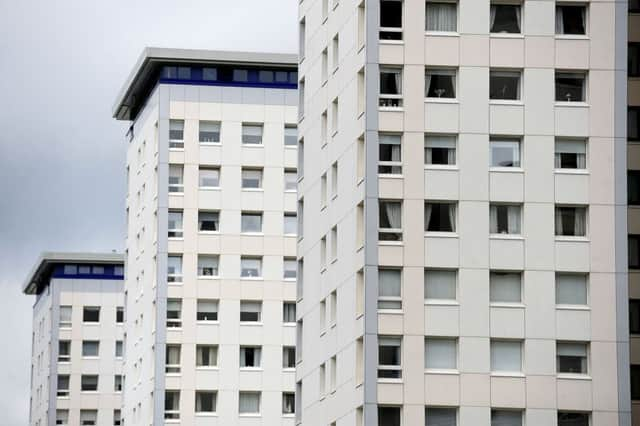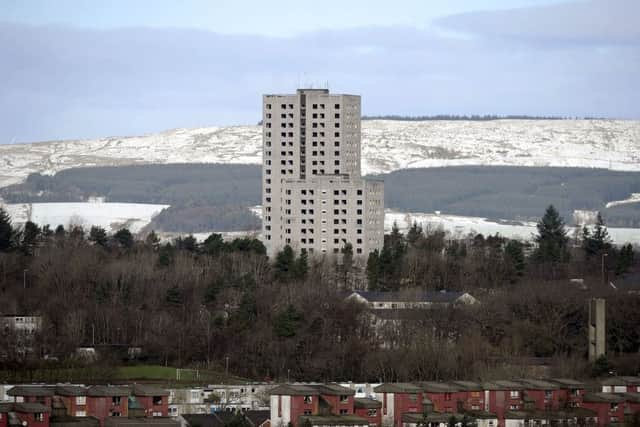Demand for high-rises in Scotland remains '˜strong' post-Grenfell


Glasgow Housing Association (GHA), which looks after 73 tower blocks in the city, said tenant satisfaction was at 92 per cent - higher than any other accommodation type it offers.
The future of high-rise social housing in Scotland has looked uncertain after two local authorities, North Lanarkshire and North Ayrshire, announced they were considering demolishing all remaining towers under their control.
Advertisement
Hide AdAdvertisement
Hide AdThe move follows last summer’s devastating fire at Grenfell Tower in London left 71 dead and more than 70 injured. The rapid spread of the blaze is thought to have been accelerated by the building’s recently installed exterior cladding.


There have since been calls for all high-rise social housing - most of which dates from the 1960s and early 1970s - to be retrofitted with sprinkler systems.
Last year a BBC Scotland investigation found there were more than 300 tower blocks under local authority control without sprinklers.
North Ayrshire council has said it could be more cost effective to demolish some or all of its blocks and replace them with low-rise housing.


Glasgow once boasted 201 high-rises, more than any UK city outside of London, but a long-term regeneration programme has steadily reduced that number.
Control of the city’s housing stock passed from Glasgow City Council to GHA, now part of the Wheatley Group, in 2003.
None of GHA’s blocks are fitted with the cladding found on Grenfell. It said additional fire officers had been employed following the disaster, and that all bin stores were fitted with sprinklers.
David Fletcher, Wheatley’s director of regeneration, said: “Not only does there continue to be high demand for high-rise blocks, customer satisfaction in multi-storeys is highest across all of our house types at 92 per cent.
Advertisement
Hide AdAdvertisement
Hide Ad“It is true that in some areas where demand has declined over the years we have demolished blocks after consulting the local community. However, we are continuing to invest significantly in our multi-storeys. This comprehensive improvement programme includes new windows, kitchens, bathrooms and heating systems, as well as external insulation, foyer upgrades and environmental improvements.”
Mr Fletcher added Wheatley had operated a comprehensive fire-safety regime in multi-storeys for many years. “This has been underpinned by a very close working with the Scottish Fire and Rescue Service (SFRS) through our community improvement partnership,” he said.
He continued: “All materials and systems used in our multi-storey investment programme are designed to prevent the spread of fire and meet and exceed Scottish building standards and regulations. All multi-storey blocks already had sprinklers in bin rooms.
“In addition, staff carry out daily patrols at our blocks to identify and act on all health and safety issues, including fire risk. These daily checks are supplemented by annual inspections by technical staff, routine maintenance on all fire-fighting equipment and quarterly inspections by SFRS.
“We await any recommendations from the Scottish and UK governments and stand ready to take any further actions.”
